Looking Back on Fox’s Adult Swim Competitor, ADHD
The landscape of television has gotten so diverse that there are now literally dozens of places to find cutting edge, landmark content. This is a positive thing, but as so many interests get catered towards with these new channels and streaming services, it’s surprising to see certain areas that have been ignored. There are tons of new cartoons hitting the streaming services, but none of it is a quarter-hour and feels representative of the type of content that’s been airing on Adult Swim for nearly two decades. Adult Swim has built themselves quite the comfortable setup, but their supremacy wasn’t always a sure thing and there was even a span of several years where they had a legitimate competitor that could have usurped them under different circumstances. Unfortunately, Fox Animation Domination HD couldn’t sink Adult Swim.
Adult Swim’s dominance on the late-night adult-oriented animation market had been established since the block’s debut in 2001. After they had reigned supreme for over a decade, Nick Weidenfeld, someone who had collaborated frequently with Adult Swim, strived to build a home for content that was less cynical than his former stomping grounds. Pairing his skills together with Ben Jones, the two teamed up with the Fox Network to develop an animated block of late-night content.
Curiously, Fox has seen tremendous success with their Sunday night “Animation Domination” block where programs like The Simpsons , Family Guy, and Bob’s Burgers have found audiences. However, Fox has frequently struggled when it comes to the late-night market and their sporadic attempts to populate the 11:30 and post-midnight timeslot have always faced obstacles. Despite this, in 2013 Weidenfeld and Jones put together “Animation Domination High-Def,” which would air 90 minutes of original animated programming every Saturday night from 11 PM to 12:30.
Fox’s Animation Domination High-Def programming block may have come from former talent from Adult Swim, but this alternative wasn’t made to eliminate the competition. Weidenfeld and Jones simply wanted there to be another destination for short, creative animated content that might not mesh with Adult Swim’s line-up. In that sense, ADHD was hoping to be more inclusive than Adult Swim and be what that block couldn’t in some respects. One of Weidenfeld’s main prerogatives with the block was to have a safe space for content that could combat against the cynicism that’s so prevalent elsewhere, Adult Swim included.
There didn’t seem to be any animosity that formed between the ADHD team and Adult Swim’s creatives. However, Adult Swim snidely bought ad time during the premiere of ADHD and broadcasted some playful jabs at the channel. This rivalry didn’t go any further (although Weidenfeld announced that he was happy to take Adult Swim’s money, regardless of the ad), but this marks that kind of extreme competitive drive that existed between Sega and Nintendo in the ‘90s. If ADHD had survived for longer, it would have been interesting to see if more of a conversation would have been had between the networks, especially on occasions like April Fool’s Day. Imagine if the two channels suddenly switched line-ups or something equally bonkers.
Branding is instrumental with any kind of programming block and it’s safe to say that part of what initially made Adult Swim such a success was its impeccable marketing. The network’s simple white-text-on-black-background advertising bumpers are still used to this day and audiences have considered some of the ads from the initial run of the block to be so iconic that they’ve even been painstakingly compiled on YouTube for preservation. Weidenfeld and Jones were able to take their expertise and create a package for ADHD that’s not only just as catching, but become the defining characteristic of the block. Even now, years after ADHD’s demise, its social media accounts still keep the energy of the block alive with their content.
ADHD embraced the psychedelic stoner aesthetic that was also plentiful at Adult Swim, but the block also went above and beyond here in regards to having a whole division of talent reserved for exclusive online shorts. Led by Heather Anne Campbell (Miracle Workers, Corporate, and now Rick and Morty), there were ten series of different shorts that catered to different sensibilities, often skewing towards video games, anime, or comic books. The “Scientifically Accurate” and “Songs You Didn’t Know Had Lyrics” series are pure meme material and perfectly understand what shorts should achieve. At the same time, other series also featured narrative content like the Lucas Brothers weed-baked Sherlock Holmes spoof, “The Adventures of OG Sherlock Kush” or Campbell’s hyperbolized love letter to anime, “School Girl Crush.”
Funnily enough, many people may not be familiar with ADHD, but they’ve actually seen some of these shorts, like the aforementioned “Songs You Didn’t Know Had Lyrics” or “Scientifically Accurate,” albeit out of context. The block did create content that was able to go viral and fans did genuinely engage with this sort of advertising, which means ADHD was at least successful on that front. They also properly understood the power of social media and how important it is to the younger demographic. ADHD used Instagram to post content from the block and vice versa with the material that was being generated there. It’s a truly beautiful act of synergy that ADHD made a point of sharing user-created content on television. This is years before Adult Swim played around with ideas like releasing an episode of Rick and Morty via bite-sized Instagram videos. This facet of advertising has only become more intense and there are fewer networks or programming blocks that made better use of these platforms than Fox ADHD.

Plenty of the recurring shorts that were featured on ADHD (which can still be found on YouTube, for the most part) are akin to the kind of material that’s now featured on “Adult Swim Shorts.” In the cases of projects like Tender Touches or Gemusetto Machu Picchu, some of these shorts actually became proper series on the network. ADHD was taking these experimental risks before Adult Swim and if the block had stayed around then it’s possible that some of the recurring shorts with narratives like “School Girl Crush” could have also become shows on the block. ADHD even did the opposite of this approach where Stone Quackers got a webseries spin-off titled “Gothball” that focuses on the show’s adorable kitten.
Adult Swim’s pedigree of talent was instrumental in the programming block taking off and it’s impressive to see the lengths that Weidenfeld and Jones went to assemble a talented, eclectic group of people to develop ADHD’s slate of programming. From Major Lazer to The Lucas Bros. Moving Co., every single program on Fox ADHD satisfies a completely different set of interests and utilizes a beautiful unique style of animation. Adult Swim’s original slate of programs is romanticized a lot and while they’re still pivotal shows for the network, they’re certainly crude when it comes to production. Fox ADHD’s original block of shows is actually stronger than what Adult Swim premiered with and it implied a very encouraging future for content on the channel. Many of the things that were being done in these ADHD shows remains unfulfilled now and speaks to the strength and longevity of the block’s content. It’s not at all surprising if you’ve never seen or even heard of any of the shows that premiered on ADHD, but since they haven’t been scrubbed from the Internet, it’s time that people give these incredible shows the attention that they deserve.
Major Lazer may be the hidden gem of ADHD’s line-up, but it’s a show that hits its viewer in such a visceral and intense way. An alternate future dystopia imagines Major Lazer as a weed-smoking, freedom-supporting champion of justice. With an art style that’s reminiscent of ‘80s Saturday morning cartoons like G.I. Joe, Major Lazer is a collection of elements that shouldn’t work, but it does so well. The season works as a brilliant parody of hamfisted ‘80s cartoons, but each episode features songs and animated musical sequences for Major Lazer that are legitimately incredible. The series’ pilot is the best example of the show’s magic and it’s nearly wall-to-wall music. There still aren’t any shows that satisfy this desire, let alone with the trippy, kaleidoscope visuals that dominate Major Lazer. Plus, it’s got a pre-Star Wars John Boyega as the voice of a super hacker, so what are you waiting for?
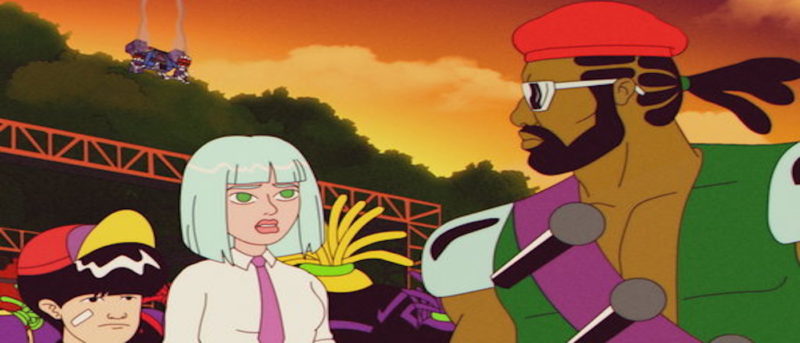
Sometimes shows can go super high concept and sometimes all you need is a bunch of multi-colored ducks who like to smoke weed and skateboard. Welcome to Stone Quackers, the epitome of a “chill out comedy” that combines perfectly with Major Lazer for the ultimate weed watch. Due in part to Ben Jones’ involvement with the formation of the ADHD block, Stone Quackers was the first original program to premiere on the slate. The series also makes great use of the vocal talents of John C. Reilly, Heather Lawless, and Miley Cyrus even guest stars in a very special episode.
All of the original ADHD programs have unique art styles, but it’s really effective how Stone Quackers bathes its universe in pastel watercolors as if to reflect the calm, sedated nature of the perpetually-buzzed characters. Episodes feel more like existential tone poems than sprawling adventures. A group of slack stoner ducks is an odd premise in itself, but the storylines in the series push Stone Quackers to even more surreal territory. It’s very entertaining to watch the show’s chill vibes contextualize something as grand as the end of the world, but there’s also an episode that’s a remarkable tribute to Blue Velvet. It’s one of the best love letters to David Lynch that I’ve ever seen and the episode works incredibly hard to replicate the director’s distinct cinematography.
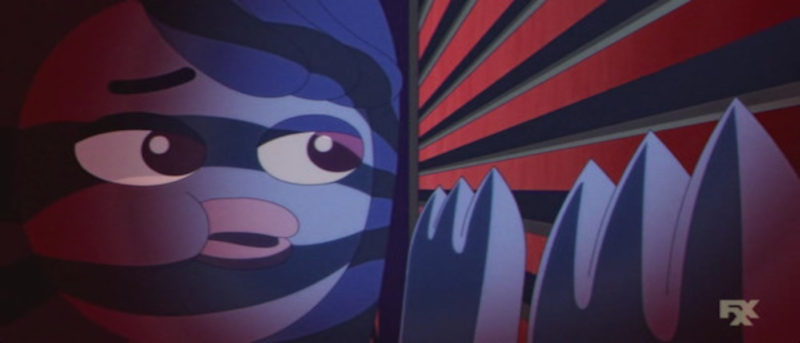
Dino Stamataopoulos is a brilliant mind who has created some very beloved television series like Moral Orel and Mary Shelley’s Frankenhole for Adult Swim, but his ideas always push boundaries and inevitably face issues with censorship. High School USA! is a particularly interesting vehicle from Stamatopoulos because at the surface level it looks like his most sanitized work. The satire of after-school specials and teen melodrama is disguised in a cute veneer that references the look of Archie Comics.
Despite the innocent appearance, it’s the only show from the ADHD block that got a TV-MA rating (and the only program in general to air on Fox with such a rating since 1999’s Action. Stamtatopoulos finds clever ways to service typical tropes while simultaneously taking them to perverse places. In fact, an episode of High School USA! that glorifies sex workers was actually restricted to air on Fox. There’s a subtle brilliance to High School USA!, but it’s still exciting to see a show that can ruffle feathers in the manner of something like South Park during their heyday.

Axe Cop is an unusual production for ADHD because it’s an example of them taking an existing property and adapting it into a television series. Axe Cop is based on the webcomic (and then later actual comic) of the same name that was notoriously written by a five-year old. This unique gimmick gives the show’s characters and plots a disjointed and frenetic quality, but it’s a dynamic that the series makes work due to all of its excess. It’s a series that literally will throw everything at the viewer and this “kitchen sink” approach lends itself well to ADHD’s brand of comedy. The cast for the show was also a comedy nerd’s dream with Nick Offerman, Ken Marino, Rob Huebel, Megan Mullally, and Patton Oswalt all playing main roles. It’s the best dumbest show you’ll ever see.

The Lucas Bros. Moving Co. is an example of ADHD reaching out directly to a celebrity name to help fuel a project. It’s a different approach than most of the other programs on the block, but it amounts to a genuine place where Kenny and Keith Lucas can explore what fascinates them in creative ways. The slacker series throws an exaggerated version of the Lucas Brothers into exaggerated scenarios. Many of the stories in the show display a real passion for relics of the ‘90s, whether it’s TGIF programming or violent video games. Adult Swim’s The Jellies’ sometimes verges on a comparable energy, but Lucas Bros. Moving Co. strips away the unnecessary elements and just delivers a relaxing and amusing comedy that feels like you’re just listening to the Lucas Bros. tell a crazy story while they pass around a joint.

Golan the Insatiable is a series that riffs on the playful darkness of something like Daria as it pairs together a Satan-loving little girl with a demon warlord in an effort to cause as much chaos as possible. Golan the Insatiable feels like the simplest of ADHD’s programs and a re-tooled version of the show even aired on Fox’s standard Sunday animation block with contemporaries like The Simpsons, but in spite the show’s broader appeal it still met an end like the other series on the block. A lot of work was put into the series in an extended effort to make it more accessible, yet it’s worth pointing out that the show’s creator, Josh Miller, is now doing quite well for himself as the writer of the Sonic the Hedgehog feature film. Don’t expect to see Golan show up in the sequel.

Fox had extreme enthusiasm for ADHD, but it quickly started to face setbacks. After less than two months on the air, the block was cut back from 90 minutes to an hour. It also didn’t help that Fox Sports would also run late and inevitably pre-empt or replace ADHD’s schedule. ADHD’s content was critically celebrated, but just shy of the block’s one-year anniversary it was announced that ADHD’s performance wasn’t meeting expectations and the block would be cancelled in June of 2014.
This was certainly a hiccup for ADHD, but the block was able to take advantage of Fox’s relationship with its sister cable channel, FXX, which was willing to provide the ADHD line-up a new home. January 2015 marked the debut of FXX’s version of ADHD, which was able to provide new episodes to several of the block’s shows for another year until original content officially ended in 2016. It was a rough decision for FXX, but they really tried to keep the block afloat. The network even experimented by pairing ADHD shows after Archer and Simpsons marathons in attempts to build a wider audience.
Fox ADHD had a shaky run, but it produced some outstanding content during its three-year run and it truly was a destination that not only valued and respected creators, but its audience, too. Now, nearly five years after the end of ADHD, Adult Swim is still a juggernaut for late-night adult animated content that virtually rules unopposed (although streaming services are beginning to make a dent here). Hopefully the fall of ADHD isn’t emblematic of all programming blocks of this nature because it’s such a strong incubator for fresh talent.
The most disappointing thing about the aftermath of ADHD is that many of the creative teams that developed shows for the block have not gone on to create other programs. Yes, they’re all still working, but they haven’t been given the same freedom that ADHD recognized and provided. The ADHD line-up leaves very little of a legacy behind, but the programs are available to binge on Hulu. During a time where there’s a bit of a drought in terms of new content, it’s an ideal opportunity to check out these six brilliant animated series.
If nothing else, the world needs to figure out a way to make more Major Lazer happen.


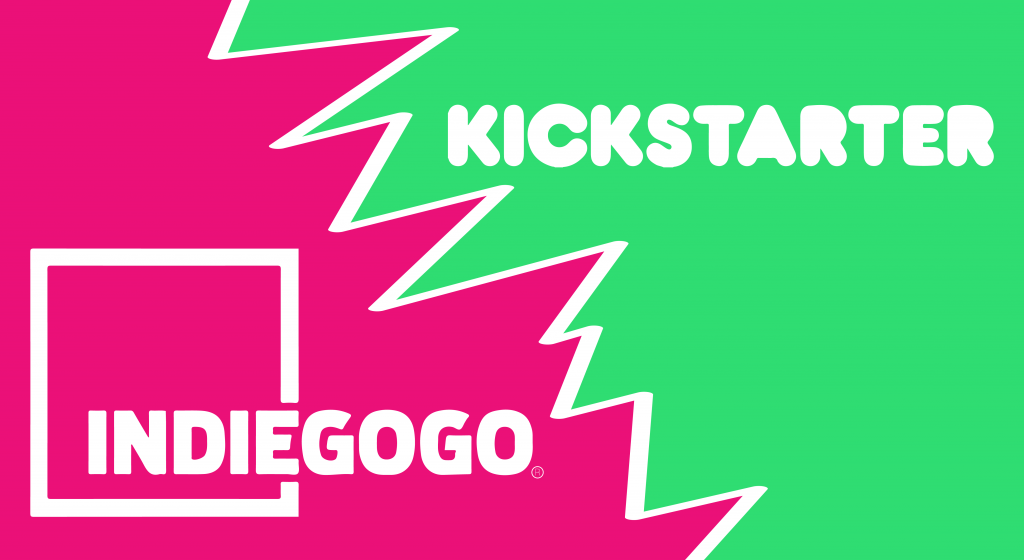












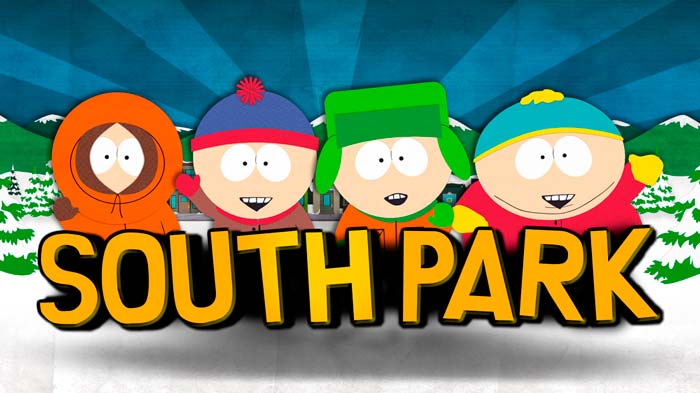


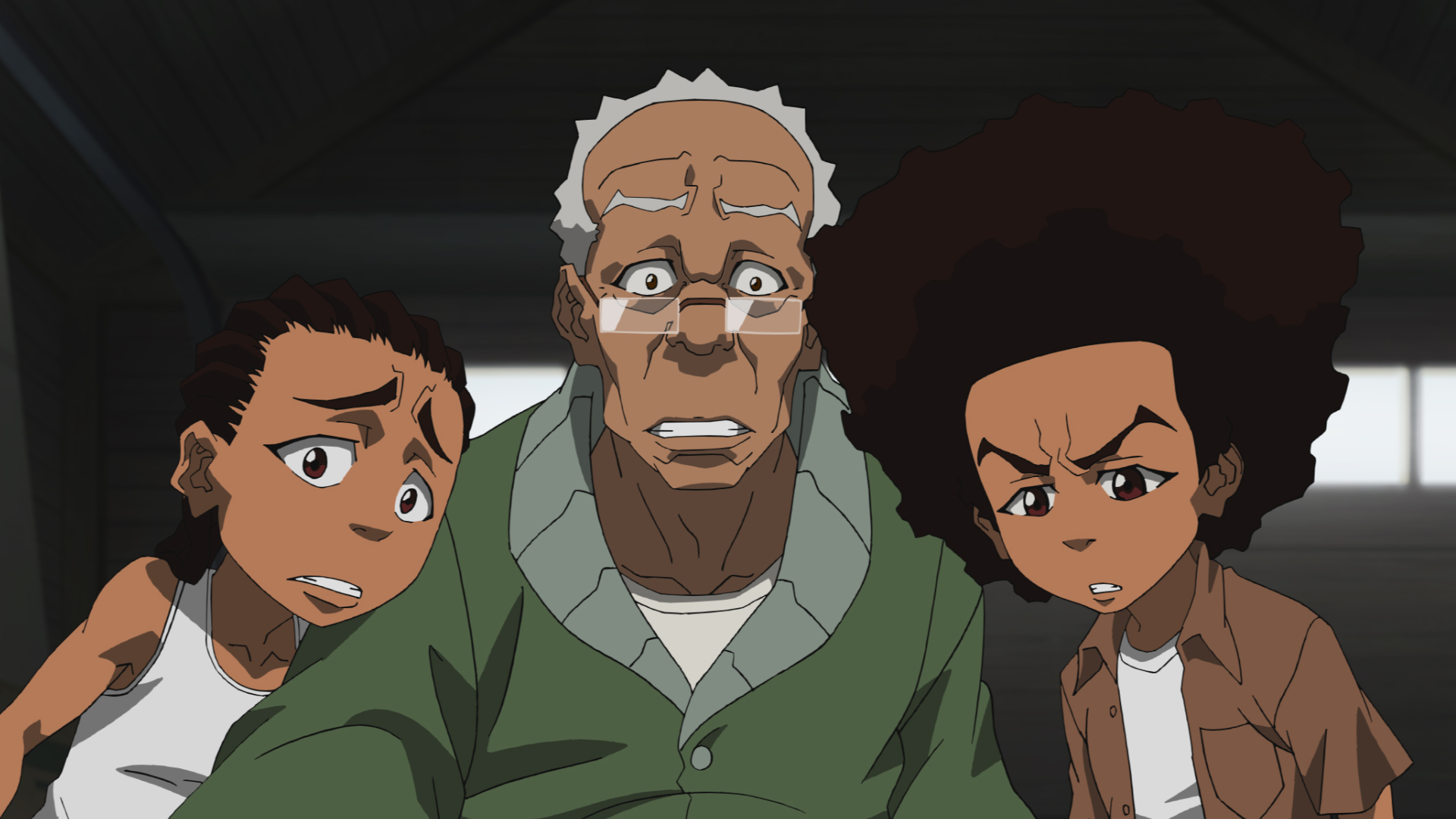



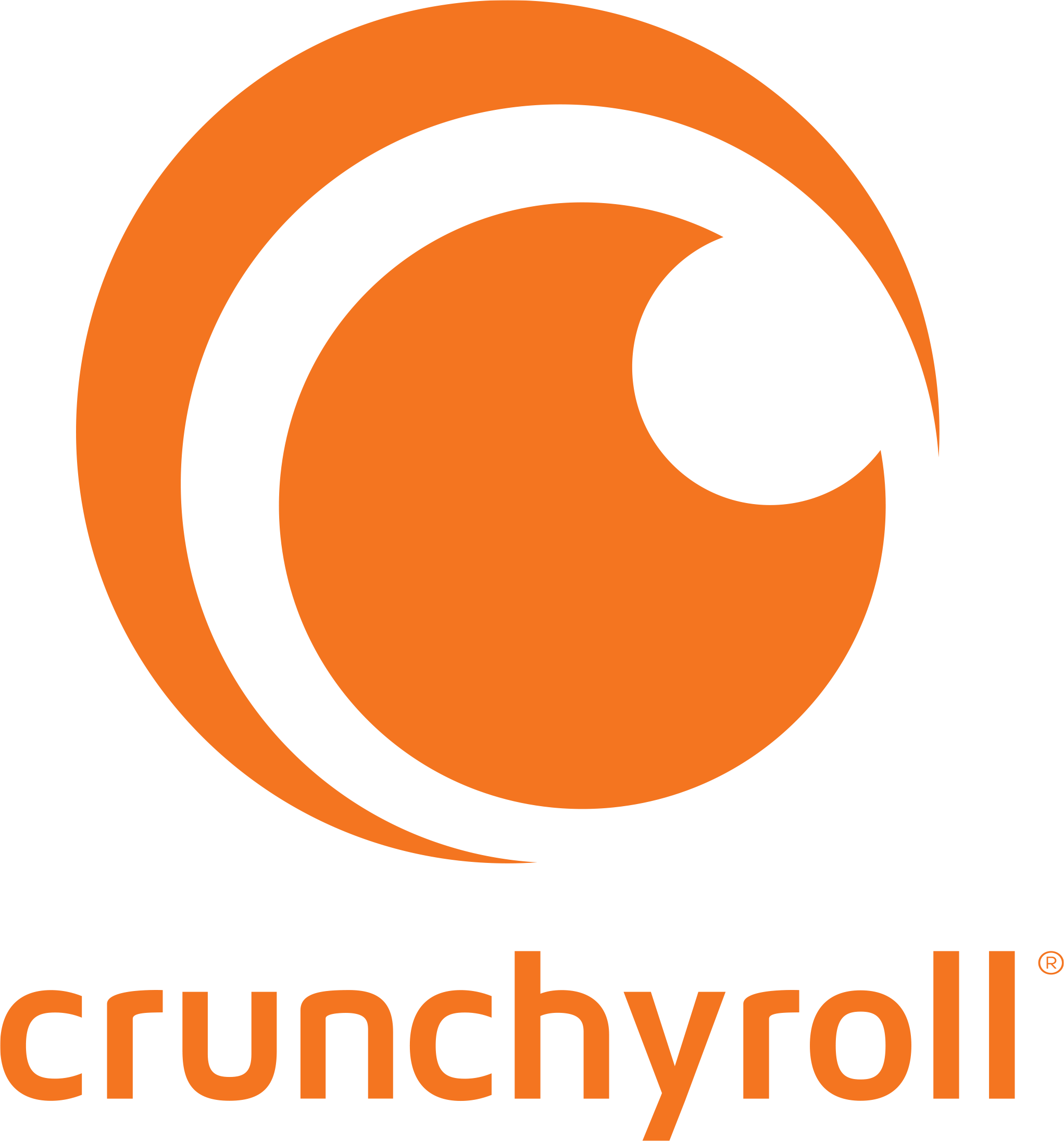
"There are also other characters that come and go (also owned by the Warner Bros. Discovery conglomerate media company)."
Huh. Is that just referring to other characters from the show itself, or is this implying that the new season is going to have cameos from other WBD IPs